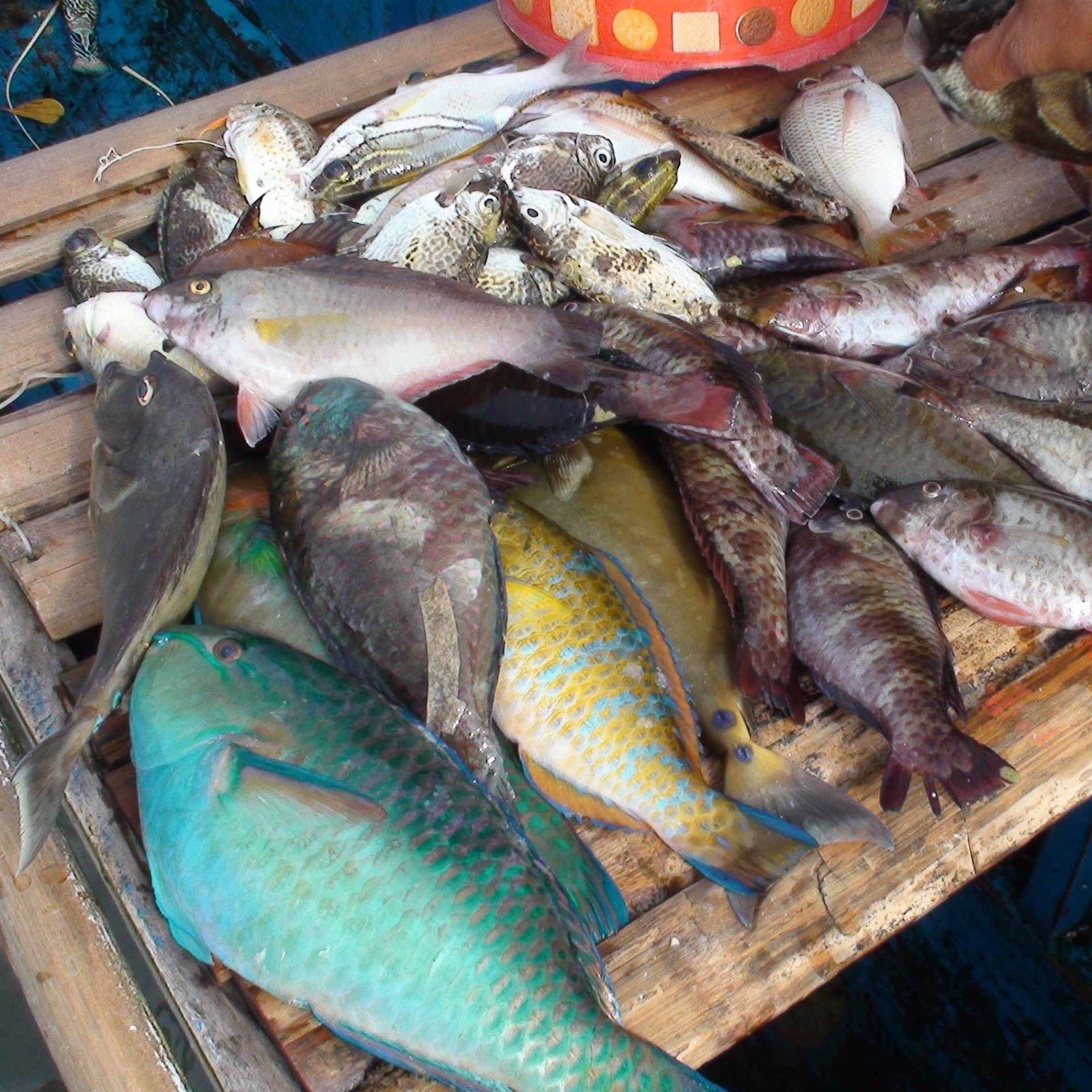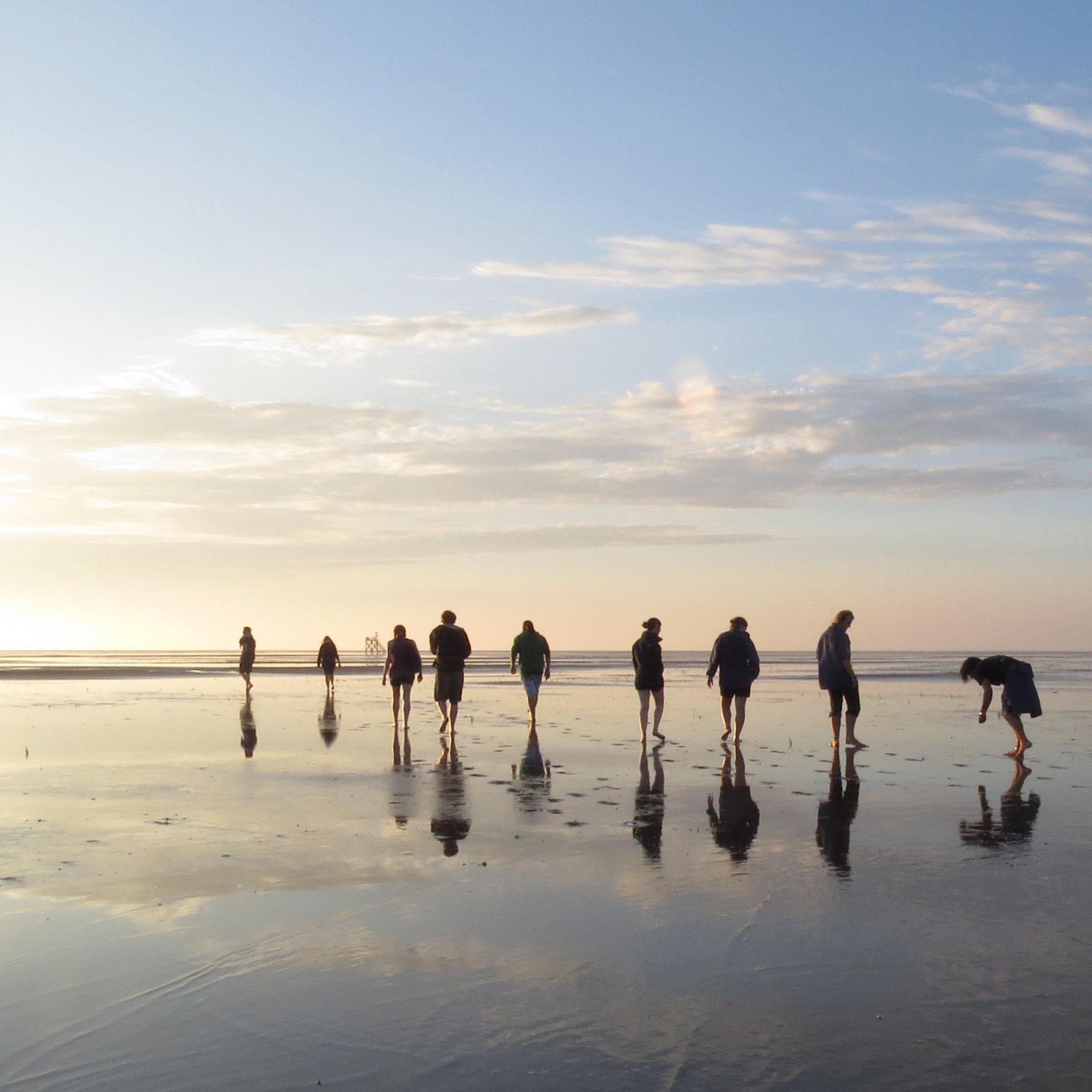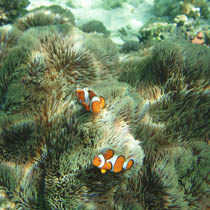
As on land, primary production by photosynthesis is the driving force that sustains life in the sea. But unlike on land, where vegetation dominates and trees grow to enormous heights, the primary producers in the marine environment are usually minutely small. The closest things to giants are the larger algae (seaweed) in the shallow coastal waters.
- Lighthouse Foundation
- Issues
- Life in the ocean
- Kelp beds and sea grass meadows
Kelp beds and sea grass meadows
Photosynthesis is the process by which green plants (and other organisms containing chlorophyll) use water, carbon dioxide (CO2) and the energy of sunlight to produce simple sugars. These become energy stores or the basis of new organic matter. With very few exceptions, this primary production is the only way to capture new energy to sustain life on earth.
In the marine environment, photosynthesis only takes place in the littoral zone and the illuminated surface layer of the open sea (the euphotic zone). All other marine organisms, including those of the unlit zones and the deep ocean, are ultimately dependent on the growth of these primary producers, bearing in mind that this may place a long way away and on a completely different timescale.
Water is highly absorbent of sunlight, and while certain wavelengths penetrate to greater depths than others, light is fully absorbed at a depth of around 200-400 metres. Primary production is therefore limited to the shallow continental shelves and the surface waters of the open seas, which account for no more than a small proportion of the total volume of the oceans.

Kelp – green, brown and red
Close to the coast, the large sessile algae or kelps are often significant. Usually they are attached to rocky to other hard substrates in the shallow water. They anchor themselves to the ground with a holdfast, a root-like organ, but quite unlike the roots of terrestrial plants. They often form dense communities, sometimes called 'forests', which exhibit a distinct zonation. In the intertidal zone, green algae are predominant. Below this zone, brown algae are found. These include bladderwrack and knotted wrack, which rely on gas-filled pods for buoyancy and to stay upright in the water.
Below the brown algae, red algae occur in the lowest intertidal zone, and far below them come the large kelp species such as blade kelp or sea tangle. Every algae zone is a distinct habitat type, with a typical assemblage of flora and fauna species.
The sessile algae comprise green algae, which also occur in freshwater, as well as the almost exclusively marine brown and red algae. These have a worldwide distribution and, running counter to the general trend, they also occur in temperate and cold waters in an abundance of different species. As far as is known, the north-west Pacific and the tropical and subtropical western Atlantic seem to be particularly species-rich, while southern Australia has a large number of endemic species, i.e. not found anywhere else.
In wide areas of the temperate and subarctic regions, hard seafloors below the low-tide line are covered in growth of very large brown algae, in jungle-like kelp forests. Originally the term 'kelp' was applied to seaweed ash, which was used in the 19th century as a source of soda, potash and iodine, among other elements. Later, the term was extended to algae of the genera Macrocystis, Nereocystis and Laminaria themselves. Where the algae reach to the water surface they are known as kelp forests. If submerged, they are called kelp beds. Typically they are found in the cold currents of the Atlantic and Pacific. Occasionally, they also occur in tropical waters, in upwelling regions where cold deep water is pushed to the surface.


Diversity in figures: Biodiversity of giant algae (Source: John and Tittley, in WCMC (1992)
| Order | Genera | Species | Habitat | |
|---|---|---|---|---|
| Chlorophyta (Green Algae) | 8 | 170 | 1040 | mostly marin |
| Phaeophyceae (Brown Algae) | 14 | 265 | 1500 | marin |
| Rhodophyta (Red Algae) | 16 | < 555 | < 2.500 | mostly marin |
But there are also free-floating seaweed jungles. The largest and best known of these is the Sargasso Sea, an area of the Atlantic spanning approximately 8 million square kilometres, east of the Gulf of Mexico. In the warm water of the Gulf Stream, vast expanses of two red-brown algae species known collectively as gulfweed (Sargassum natans and Sargassum fluitans), flourish and reproduce vegetatively. Their total mass is estimated at 4–10 million tonnes live weight. The Sargasso Sea is particularly important as the breeding ground of the European eel (Anguilla anguilla) and as a habitat for the loggerhead sea turtles (Caretta caretta) which hatch off the North American coast.
Kelp forests and beds are highly productive and provide a special habitat for a host of marine organisms. Despite the vast quantities of biomass available, up to 100 tonnes of brown algae per hectare, relatively few organisms feed directly on the living plants. No more than an estimated 10% of the algae biomass produced finds its way into the food web via plant consumers. The vast majority only becomes available for consumption as detritus or dissolved organic matter.
Red algae also play a part in the formation of coral reefs. These support an algae flora of their own, which is generally highly diverse. It is likely that many more of the calcium-excreting red algae involved in reef building remain to be discovered. The tropical and subtropical mangroves have their own typical algae flora, which distinguishes them from the less species-rich, soft shallow shores of the temperate zone. Normally, sandy coasts have a smaller number of species, and often represent a barrier to distribution.
Alterations to the shape of the coast, particularly the creation of artificial 'rocks' such as harbour moles or structural foundations, can bring about local increases in algae species diversity by creating additional habitat area along sandy coasts. On the other hand, marine pollution, particularly of sheltered bays, mangrove forests and coral reefs, has caused a decline in species and promoted more resilient species to the detriment of others.
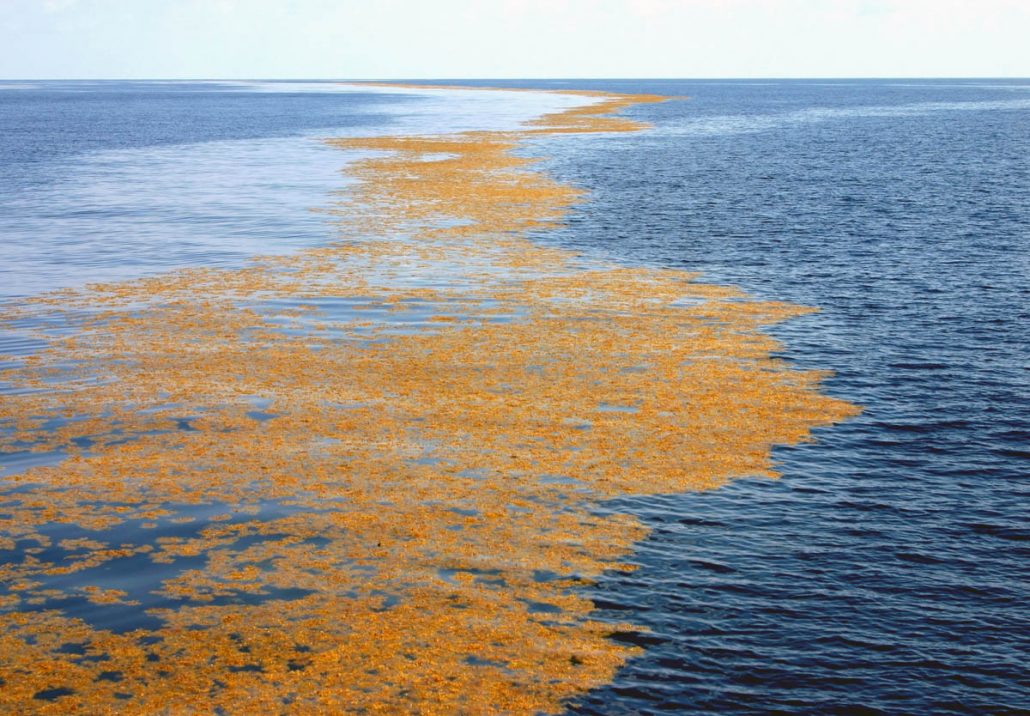
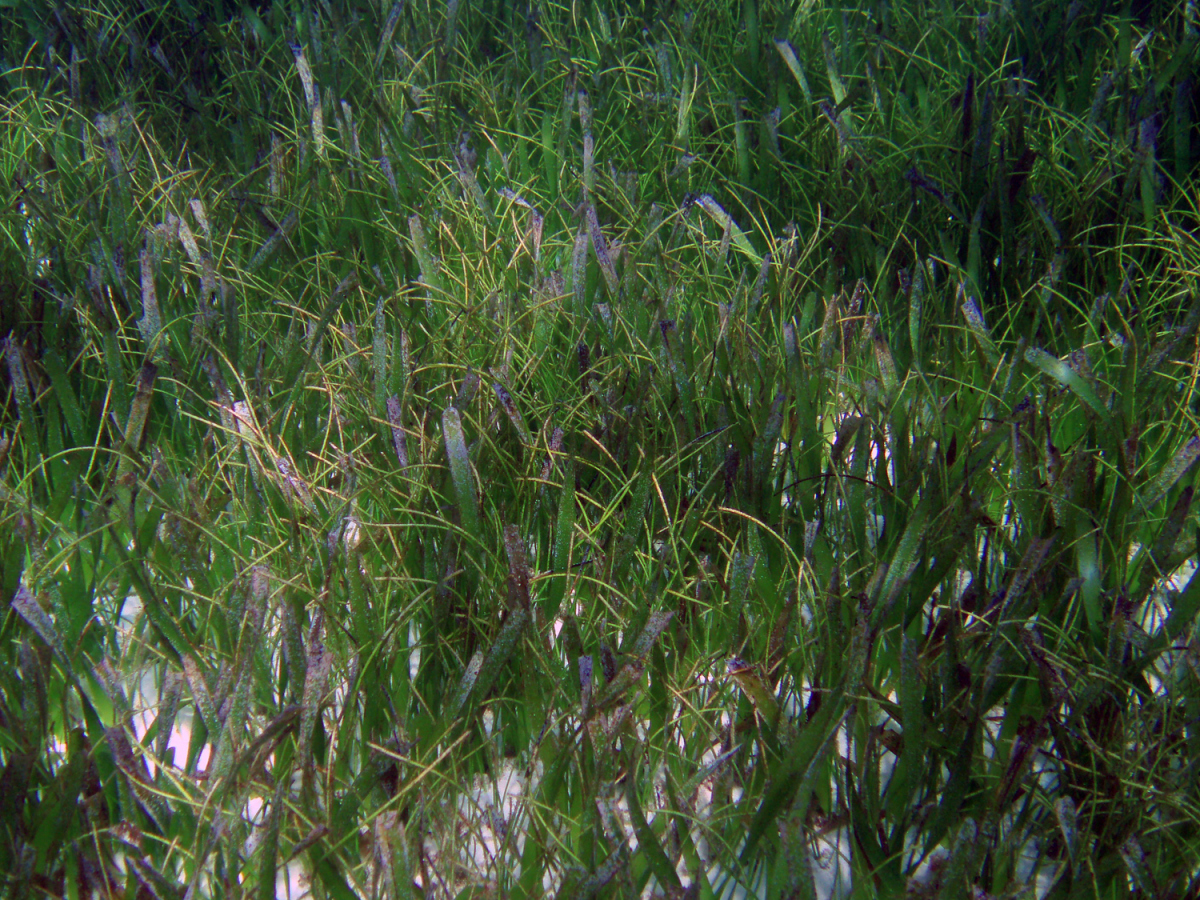
Green underwater meadows
There are approximately 45 known sea grass species in the world, and these are classified as vascular plants. Although sea grasses do not reach such impressive sizes as kelp, in fact their dense growth and intricate root systems help to stabilise the coastal ocean floor. They encourage sedimentation, bind many nutrients in their leaves and root systems, and provide habitat for a rich bottom fauna. Most species produce flowers which are fertilized by means of floating pollen.
The sea grasses often support large populations of epiphytic (plant hosted) or periphytic (surface clinging) algae and small animals. These in turn are an important source of nourishment for plant-eating fish and other marine organisms.
In the 1930s, stocks of the large sea grass (Zostera marina) on both sides of the Atlantic were destroyed by a fungal disease. This gave rise to devastating impacts in quite different locations. Within a year, stocks of the Brent goose ( Branta bernicla) had fallen to around ten percent of their previous population density. This coincided with the loss of the shallow water sea grass meadows – which were, at the time, the most important food plants in their overwintering territories. Bivalves, molluscs and crabs disappeared completely from vast areas, and fish stocks declined.
